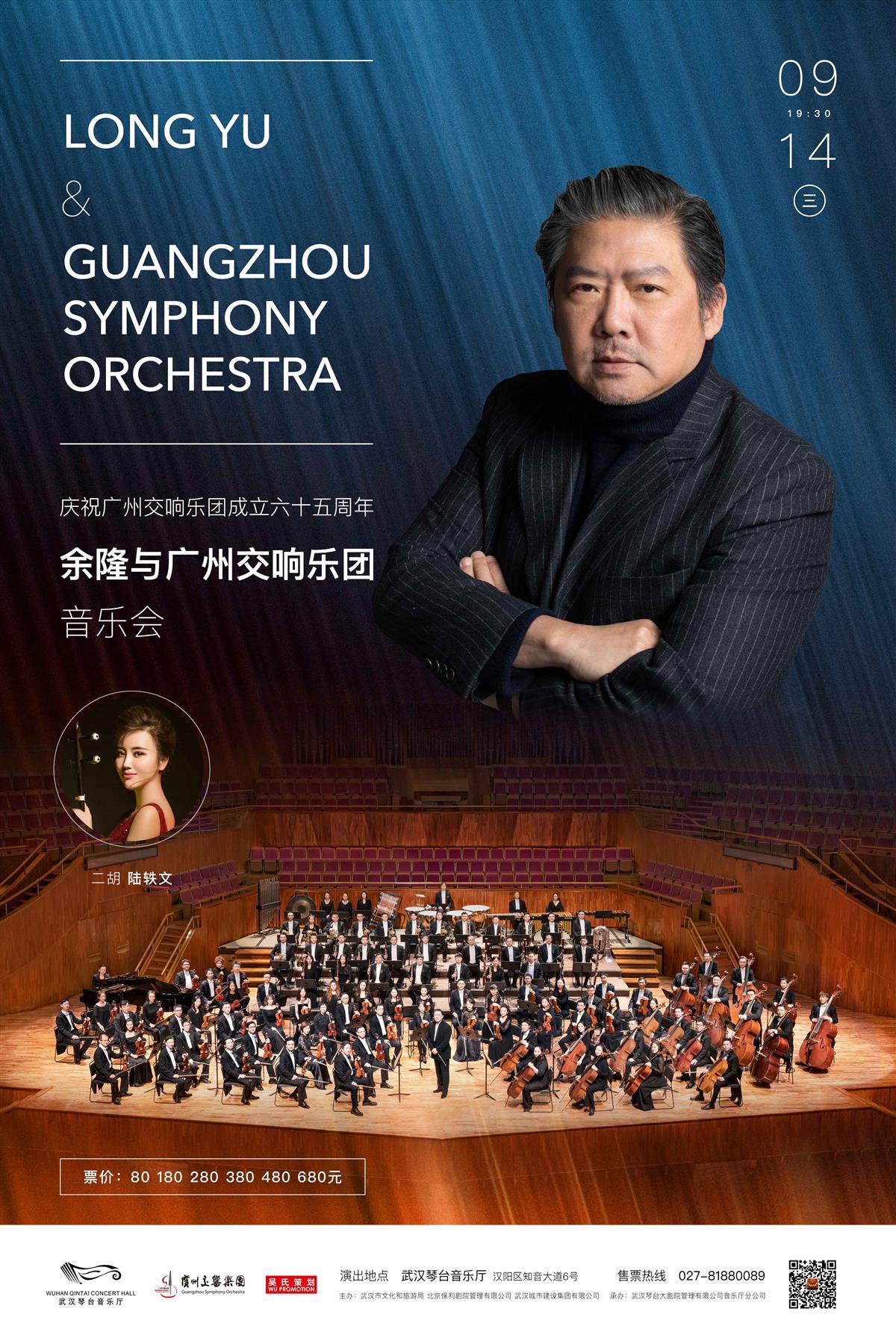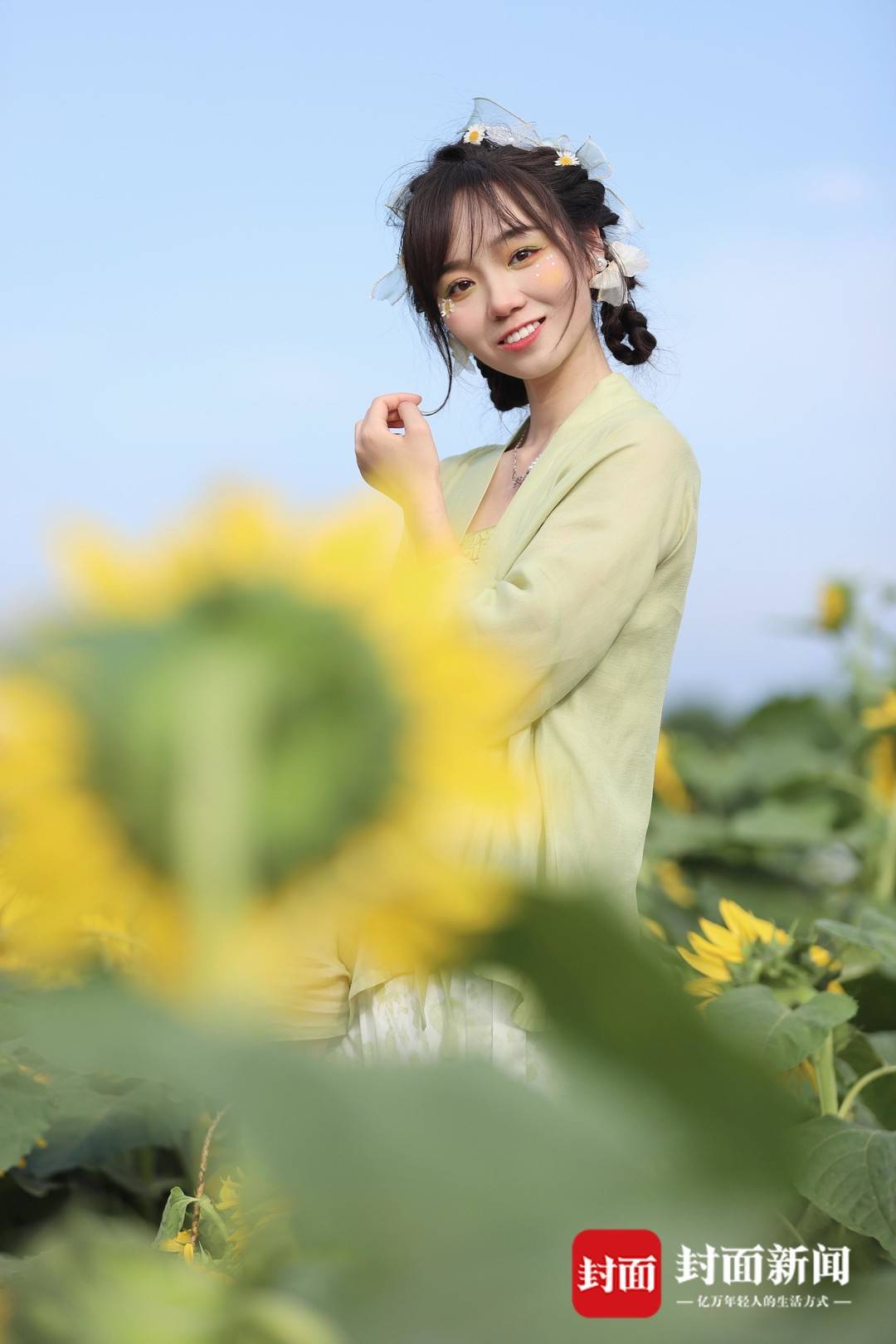Summer Palace Tibetan Qianlong Fisheries Fisheries Reading Bai Yushanzi
Author:Museum China Time:2022.07.22
As a masterpiece of traditional Chinese gardening art, the Summer Palace is not only a place for the Emperor of the Qing Dynasty, but also the gardening of his leisurely reward and savage. Among the nearly 40,000 cultural relics currently collected by the Summer Palace Museum, there are no shortage of treasures of the Qing Dynasty furnishings. They not only carry the political vision of Shengshi Yonggu and Guotai Min'an, but also reflect the poetic life of the monarchs for the monarchs. One of them, one of them was the pair of fishermen in the Qianlong period to read the picture of Bai Yushanzi.

Figure 1 Fisheries Map Bai Yushanzi

Figure 2 Flowing Figure Bai Yushanzi
The fisherman of the Qianlong Qianlong Reading Figure Bai Yushanzi (Figure 1, Figure 2), paired, white jade, "fisherman" and "farming reading" are carved on two seed materials, combining relief, round carving and transparent carving. Delicate, the level of the picture is wrong, and it is a typical "Qianlong Gong" style. Yuqiao Tu Shanzi is 10 cm long, 5.5 cm wide, and 13 cm high; the whole device is a mountain shape; the pine forest in the picture is lush, the pavilion is covered in the mountains, and the two fishermen under the mountain are rolled high. Sort out the fishing; the coward's waist and the ax on the mountainside, remove the two salary firewood, and rest on the pine trees on the side of the road to rest. The mountains are 10 cm long, 5 cm wide, and 14.6 cm high; the overall pattern is also based on mountains, pine, and pavilions. The appropriate rural atmosphere is meticulous.
Yushanzi is a micro -landscape carved with a whole piece of jade. It is a typical furnishing jade, which is named after the shape. Yashanzi, currently handed down, is the earliest in the Song Dynasty Matsushima Tattoo Yushanzi, which is now hidden in the Palace Museum. Some scholars are inferred by the records of Song Zhenzong's "Auxiliary Guan Su Yu Su Yu Shanzi" based on Song Zhenzong's "Emperor Li Yuezhi · Banquet", and believe that the emperor of the Song Dynasty directly promoted Yushanzi Yisha who appreciated the stone. Express. Although the number of Jin, Yuan, and Ming Yushanzi is very small, the characteristics of the times are clear, which can be proved that Yushanzi's continuation context in my country's jade culture can be proved. From the time of the Qing Dynasty, the development of Yushanzi reached its peak. The fishing and reading map of the white jade mountains retains the native form of jade, inheriting the creative technique of followed, and the mountains and rivers culture and the character scenes are used to add a natural and unique, adding natural spirit to the luxurious and exquisite palace life.
This pair of Yushanzi is carved with seed materials, which is delicate and dense, and the luster is gentle. In the twenty -four years of Qianlong of the Qing Dynasty (1759), the Qing court calmed down the Junggar rebellion, and the rule of the northwestern region was consolidated, so that high -quality Hetian jade materials could be steadily flowing into the Mainland and supplying courts. Excellent progress.
From the perspective of jade color, the pair of Yushanzi is white and lipid as a whole, which are yellow and brown -red in the mountains, trunk, and pine leaves. The sporadic distribution of "flaws" on the mountains has less gradient and transition, and the color is rich in small cracks. It is identified by experts as a natural leather color of Hetian seeds, but is artificially dyed by the "burning color method". The burning process was very popular in the Qing Dynasty, and the function was roughly two. First, the skin color of the seed material increases the simple beauty and color level of the jade. Liu Datong, a collector of the Republic of China, mentioned in "Ancient Jade Different": "The device of the three generations, no matter the size, no one with jade leather; They don't think it is expensive; the jade that played by the Qing Dynasty has been specially played. "Secondly, it is a clever carving technology that covers the dirty and avoids the momentum. Hotan jade has the saying of "ten sons and nine cracks". It is inevitable that the jade material has cracks and flaws. The craftsman needs to perform the arts according to the aptitude, and the knife is carved in accordance with the cracks. Equipples such as cliffs and trees and branches. After that, the local burning color is made, so that the dyes are in jade, imitating the texture of the traditional Chinese painting method, making the picture three -dimensional and rich, and the flaws are transformed into wonderful strokes. Such craftsmanship can be seen in many Qing Palace jade works.
From the perspective of these two Yushanzi's carving level, the knife method is smooth and smooth, the hiding front is not revealed, and the detailed grinding is extremely delicate. It is a typical representative of the "Qianlong Gong". The effects of round carving, high relief, unbair, and carving are naturally connected. There are many techniques such as reducing land, grinding, and carving. The taste of the picture of the picture and the pen and ink shows the peak level of the Chinese jade craftsmanship.
Fishing,, farming, and reading are four industries. They have been extended in Chinese culture. They often appear as combination images in various artistic creations. They have different explanations about their allusions. "Fishing" is the fisherman. One saying is Jiang Shang, which is dedicated to "Jiang Tai Gong fishing". Another saying refers to the Eastern Han Dynasty Yan Ziling, who is not official or official. "" Is a coward. The character representative is Zhu Maichen who cut firewood in the Western Han Dynasty. It is also believed that the Zhongzi period returned to the negative salary of the "high mountains and rivers to meet the sound". The fishermen are always self -proven with the often refers to far from secular disturbances, symbolizing the cultural culture. The Tang Turtle Mongolian's "Creek" said: "The fisherman of the world will be named, and it is often a hidden monarch." People who are born. "Farming" is a farmer, and the two prototypes of Emperor Shun and Tao Yuanming, who also teach the people and the pastoral garden. "Reading" is a person with aspirations. Generally, Su Qin, who is "head suspended beams and cone stocks" during the Spring and Autumn Period and the Warring States Period, also said that "Capyard Night Reading" and "Chisai Borrowing the Light". Like "Fisheries", "farming reading" has also become an inherent symbol, and has been given to the world. "First -class loyal minister, the filial piety, two things read and farm," the ideas of cultivating Qi Zhiping and the heirogenic family have penetrated into the core of the Chinese culture. The pair of Bai Yushanzi collected by the Summer Palace Museum, a picture of a "fisherman", and the other "cultivation" map, integrates the four images of fishing, tadpoles, farming, and reading in one set of works, which can be understood in both aspects. First of all, the "four karma" is a portrayal of the daily life of traditional Chinese farming society. It is not only an important manifestation of the Taiping's prosperity, but also in line with the ethical education advocated by Confucian culture. Even the Qing Dynasty, who hit the world on the back of the horse, persuaded farmers to confess and use Confucianism to guide the people to cultivate their body and raise their families to consolidate their own dominant position. Furthermore, Emperor Qianlong was a monarch who pays attention to the temperament of literati and full of landscapes. The gardening art of Qingyi Garden (predecessor of the Summer Palace) is an example. The characters in the Baiyushan Zitu scenery are leisurely and peaceful. They jointly create a harmonious and comfortable atmosphere with the Yuanshan and Tianlin Pavilion platform. Pursuit of realm. (Author: Kou Fangying; published on July 5th Edition "China Cultural Relics")
Edit: Lu Yang Wang Xinyi
Review: Feng Chaohui
Review: Cui Bo
————————————————————
The works published in this public account (including the design, text graphics, etc. of the title and editor), without the authorization of the Chinese Cultural Relics News Agency, may not be reproduced, extract, adapted, or used in other ways. Please indicate the source and authors who are authorized.
- END -
In nine years, the conductor Yu Long will visit the Qintai Concert Hall again

Jimu Journalist Zhang CongCorrespondent Sun NiNine years after Guo Jiangcheng, the...
"Little Wan Girl": I look forward to the designer's wonderful thoughts to improve the appearance of the countryside

Cover reporter Liu XuqiangFrom Rongfang to red makeup, from the bright and heroic ...